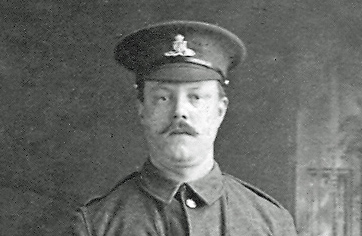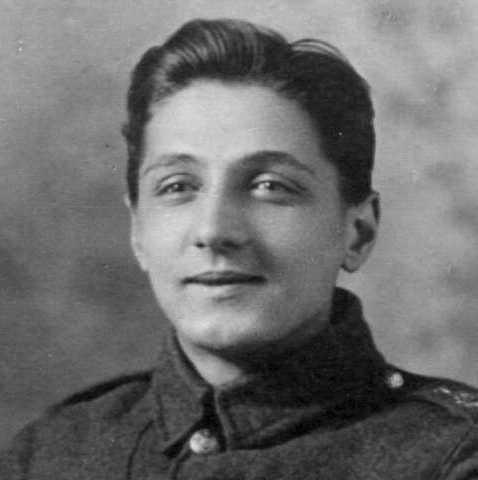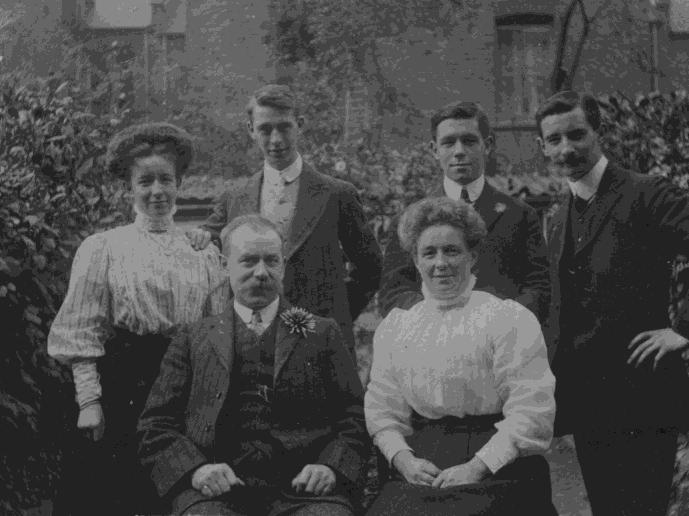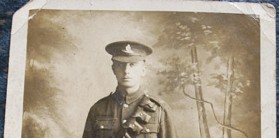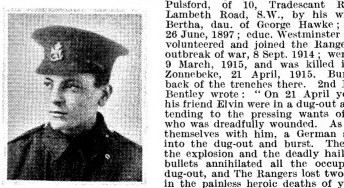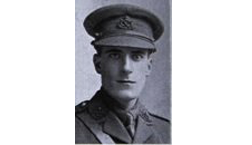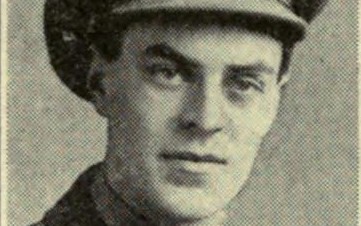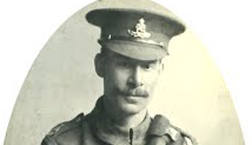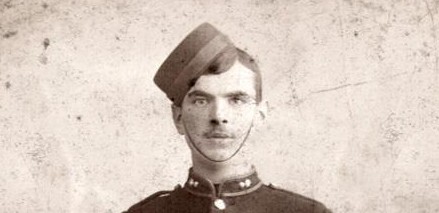A grocer. Killed in action in Italy in 1918, aged 32.
Stanley Humphrey Tremelling
Killed in action on 26 May 1915, aged about 22.
Oscar Albert Taylor
Killed in action in Belgium on 27 September 1917, aged about 28. Clerk and turf accountant in civilian life.
Albert Henry Shopland
Returned from Canada to fight in the war.
Bernard Christopher Rance
Died on 26 March 1917, aged about 22. He and his brother are listed at Stockwell. Two others survived.
Frederick Thomas George Pulsford
Died aged 17 on 21 April 1915 while helping a wounded comrade
Cecil Ernest Philcox
Awarded the Military Cross
William Reginald Guy Pearson
Died in a flying accident on 20 June 1918, aged 21
Charles Frederick Parker
Engineer, killed in Operation Michael on 21 March 1918, aged 34
Herbert Charles Nuthall
Killed in action in Belgium on 25 April 1915, age 31. May have witnessed Christmas “truce” of 1914
